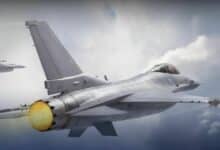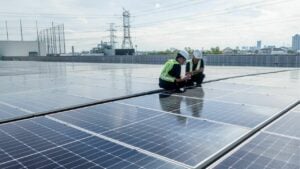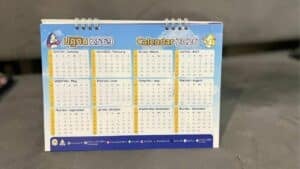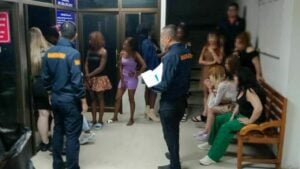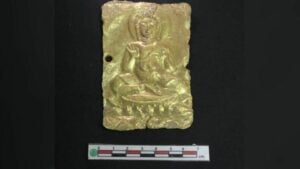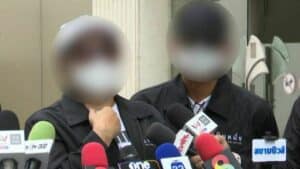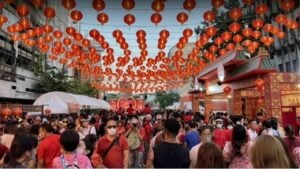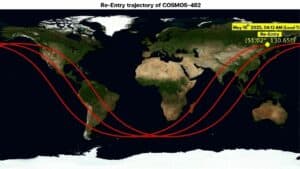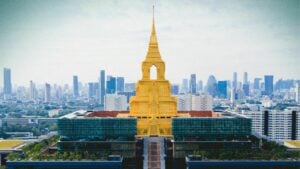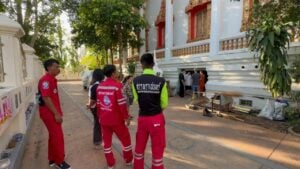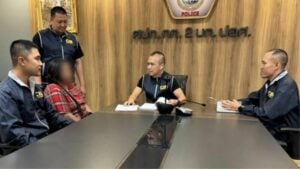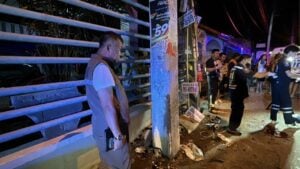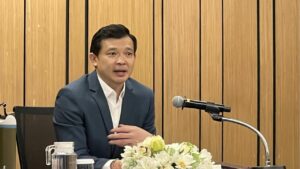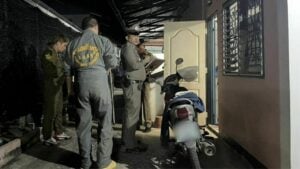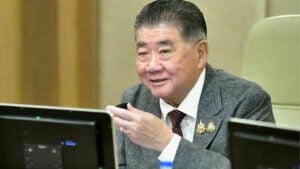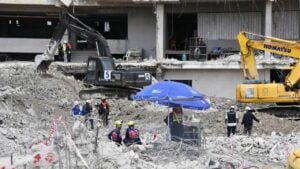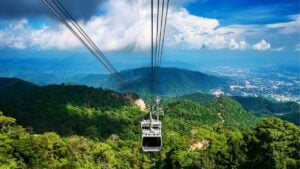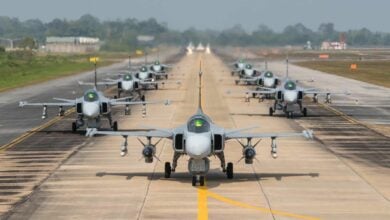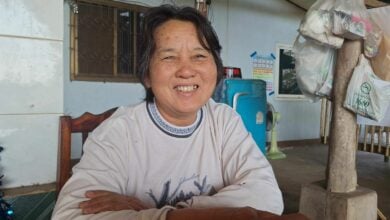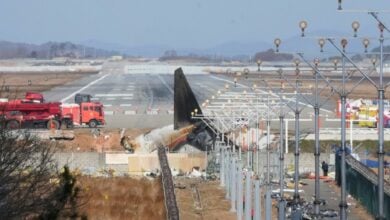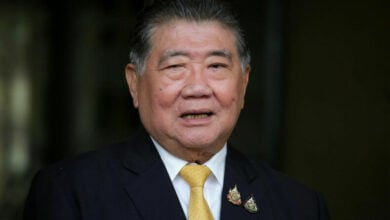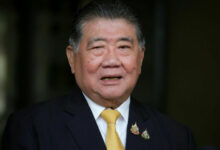Korea aerospace industries proposes to sell FA50 light fighters to Royal Thai Air Force
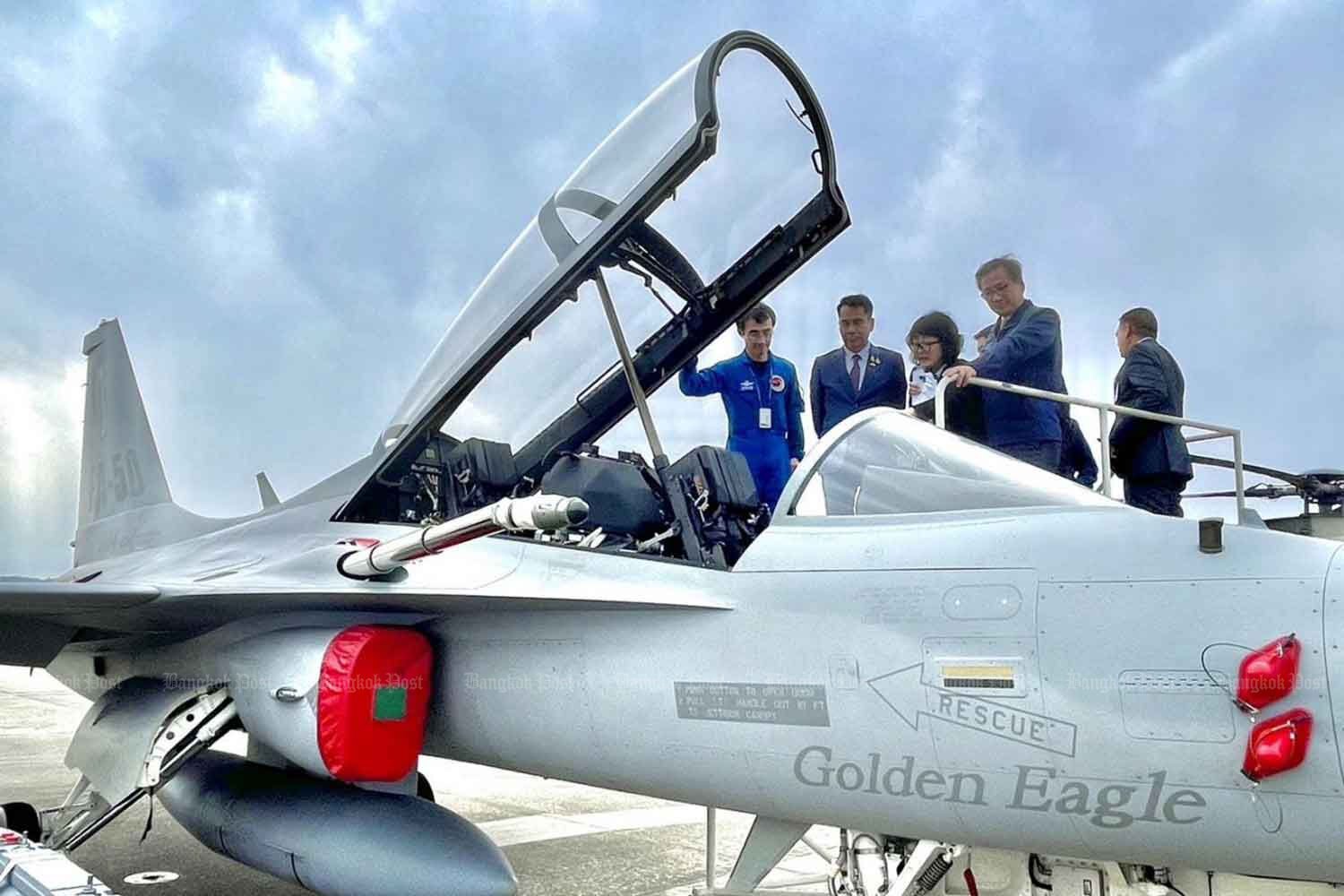
Korea Aerospace Industries (KAI) has presented a proposal to the Royal Thai Air Force (RTAF), offering to sell its FA50 light fighters. The RTAF has earmarked 19 billion baht for the procurement of new fighter jets in the forthcoming fiscal year, as revealed by an insider from the Defence Ministry.
The pitch was made by the CEO of KAI, Kang Goo-young, during the visit of Defence Minister Sutin Klungsang to South Korea, a trip that concluded on Saturday. The Defence Ministry of South Korea invited Sutin, along with defence permanent secretary General Sanitchanok Sangkhachan, to witness the final two Korean-made T-50 advanced trainer jets due for delivery to the RTAF in August. The delegation was transported to KAI’s facility in Sacheon by a helicopter provided by the host.
The RTAF has previously acquired a total of eight T-50 advanced trainer jets and six FA50 light fighters from KAI in 2015. These aircraft have been gradually delivered and commissioned at the Nakhon Sawan-based Wing 4 since 2018.
Kang, in a media interaction, stated that the FA50 is a multi-role fighter that can equal the air combat capabilities of US-made F16 fighter jets but is nearly half as costly and has lower maintenance expenses. He also mentioned that the KF-21, another KAI-developed aircraft, costs merely US$80 million (2.9 billion baht) with a maintenance cost of US$14,000 per flight hour.
The RTAF is preparing to retire the old F16s from 102 Squadron’s at Wing 1 and substitute them with 12 new fighter jets. For the procurement of the first four aircraft, 19 billion baht (US$ 521 million) has been allocated for the 2025 fiscal year, as per the Air Force’s White Paper.
The procurement plan for the jets is likely to be presented to the cabinet on April 2, as informed by ACM Punpakdee Pattanakul, the air force commander, last week. The Air Force is currently contemplating between Sweden’s Gripen E/F and the US’s F-16 Block 70 aircraft.
Military hardware
Last week, Saab AB, based in Sweden, stated that its proposal to sell Gripen fighter jets to the RTAF would comply with the government’s offset policy and meet other requirements set forth by the Air Force for national capability development.
Under the offset policy, countries providing new military hardware to Thailand must reciprocate by offering equal economic evaluations in bilateral trade. As per the source, with a spending plan of 19 billion baht, the RTAF can acquire eight FA50 jets. This, combined with the six FA50 jets already ordered, would provide a total of 14 jets, constituting a full squadron.
During his visit, Sutin conferred with his South Korean counterpart Shin Wonsik, on topics about security and the enhancement of military cooperation in areas such as education and the defence industry.
The Defence Technology Institute (DTI) and the Defence Industry and Energy Centre are expected to continue discussions on the development of the defence industry. South Korea’s Defence Ministry also expressed interest in further cooperation, including the establishment of a plant in Thailand and the transfer of technical know-how, reported Bangkok Post.
Sutin and his delegation also met with Paul J LaCamera, chief of the United Nations Command (UNC), who expressed gratitude towards Thailand for its support on UN missions and lauded Thai servicemen for their commitment.
Latest Thailand News
Follow The Thaiger on Google News:
